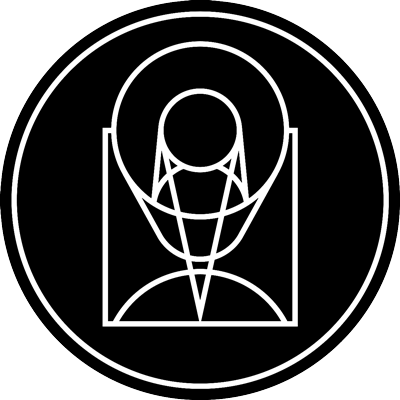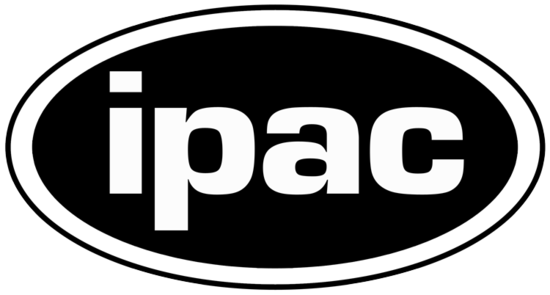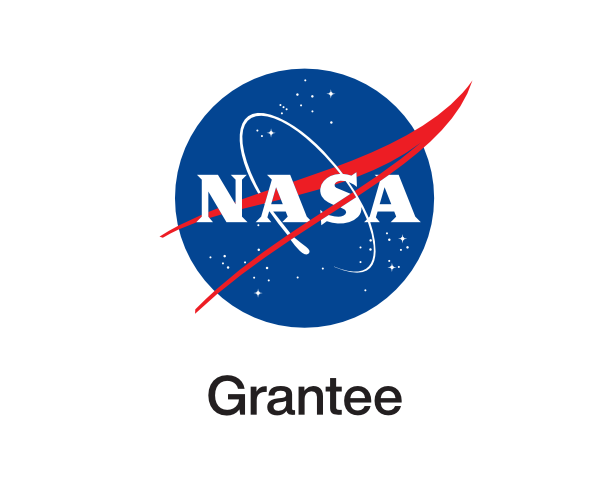Gravitational Lens and Galaxy Cluster, MACS 1206

stsci_2011-25b October 13th, 2011
Credit: NASA, ESA, M. Postman (STScI), the CLASH Team, and the Hubble Heritage Team (STScI/AURA)
Four and a half billion light-years away in the constellation Virgo, scores of galaxies have been drawn together by the mutual gravitational pull. NASA's Hubble Space Telescope has peered at this galaxy cluster and gravitational lens, known as MACS 1206. Gravity from the cluster's immense mass bends the space around it, causing the images of more distant galaxies directly behind the cluster (that are within our line of sight) to be warped and cast into arc-like smears of light. The orange streak to the right of the image center is one such example of an optically distorted galaxy that resides millions of light-years behind MACS 1206. The circular pattern of smaller galaxy pieces is more evidence of gravitational lensing. The central object in the cluster is a giant elliptical galaxy plump with billions of old, reddish suns, surrounded by a thinner halo of stars. Disk-shaped spiral galaxies appear, both edge- and face-on, showing a defined structure of arms encircling their central bulges. The bluer galaxies have stars actively forming within them and, consequently, host groups of young blue stars that contribute to their overall hue. In contrast, red galaxies - especially those elliptical galaxies like the center one - are more stable in their behavior, with very few little recent star formation.
Provider: Space Telescope Science Institute
Image Source: https://hubblesite.org/contents/news-releases/2011/news-2011-25
Curator: STScI, Baltimore, MD, USA
Image Use Policy: http://hubblesite.org/copyright/
 Color Mapping
Color Mapping
| Telescope | Spectral Band | Wavelength | |
|---|---|---|---|

|
Hubble (WFC3) | Infrared (Y) | 105.0 nm |

|
Hubble (WFC3) | Infrared (YJ) | 110.0 nm |

|
Hubble (WFC3) | Infrared (J) | 125.0 nm |

|
Hubble (WFC3) | Infrared (JH) | 140.0 nm |

|
Hubble (WFC3) | Infrared (H) | 160.0 nm |

|
Hubble (ACS) | Optical (V) | 606.0 nm |

|
Hubble (ACS) | Optical (r) | 625.0 nm |

|
Hubble (ACS) | Optical (i) | 775.0 nm |

|
Hubble (ACS) | Optical (I) | 814.0 nm |

|
Hubble (ACS) | Optical (z) | 850.0 nm |
| April - July 2011 | |||












- ID
- 2011-25b
- Subject Category
- D.5.1.8 D.5.5.3
- Subject Name
- MACS J1206.2-0847
- Credits
- NASA, ESA, M. Postman (STScI), the CLASH Team, and the Hubble Heritage Team (STScI/AURA)
- Release Date
- 2011-10-13T00:00:00
- Lightyears
- 4,500,000,000
- Redshift
- 4,500,000,000
- Reference Url
- https://hubblesite.org/contents/news-releases/2011/news-2011-25
- Type
- Observation
- Image Quality
- Good
- Distance Notes
- 4.5 billion light-years (1.2 billion parsecs)
- Facility
- Hubble, Hubble, Hubble, Hubble, Hubble, Hubble, Hubble, Hubble, Hubble, Hubble
- Instrument
- WFC3, WFC3, WFC3, WFC3, WFC3, ACS, ACS, ACS, ACS, ACS
- Color Assignment
- Red, Red, Red, Red, Red, Blue, Blue, Green, Green, Green
- Band
- Infrared, Infrared, Infrared, Infrared, Infrared, Optical, Optical, Optical, Optical, Optical
- Bandpass
- Y, YJ, J, JH, H, V, r, i, I, z
- Central Wavelength
- 105, 110, 125, 140, 160, 606, 625, 775, 814, 850
- Start Time
- 2011-04-28T00:00:00, 2011-04-03T00:00:00, 2011-04-03T00:00:00, 2011-04-28T00:00:00, 2011-04-03T00:00:00, 2011-04-28T00:00:00, 2011-04-03T00:00:00, 2011-04-03T00:00:00, 2011-04-28T00:00:00, 2011-04-03T00:00:00
- Integration Time
- Dataset ID
- Notes
- A
- Coordinate Frame
- ICRS
- Equinox
- 2000.0
- Reference Value
- 181.54696976706, -8.80109338906
- Reference Dimension
- 2564.00, 2328.00
- Reference Pixel
- 1399.97106432916, 1122.03359426827
- Scale
- -0.00001808203, 0.00001808203
- Rotation
- -0.13827299154
- Coordinate System Projection:
- TAN
- Quality
- Full
- FITS Header
- Notes
- World Coordinate System resolved using PinpointWCS 0.9.2 revision 218+ by the Chandra X-ray Center
- Creator (Curator)
- STScI
- URL
- http://hubblesite.org
- Name
- Space Telescope Science Institute Office of Public Outreach
- outreach@stsci.edu
- Telephone
- 410-338-4444
- Address
- 3700 San Martin Drive
- City
- Baltimore
- State/Province
- MD
- Postal Code
- 21218
- Country
- USA
- Rights
- http://hubblesite.org/copyright/
- Publisher
- STScI
- Publisher ID
- stsci
- Resource ID
- STSCI-H-p1125b-f-2564x2328.tif
- Resource URL
- https://mast.stsci.edu/api/latest/Download/file?uri=mast:OPO/product/STSCI-H-p1125b-f-2564x2328.tif
- Related Resources
- http://hubblesite.org/newscenter/archive/releases/2011/25
- Metadata Date
- 2022-07-06T00:00:00
- Metadata Version
- 1.2
Detailed color mapping information coming soon...








